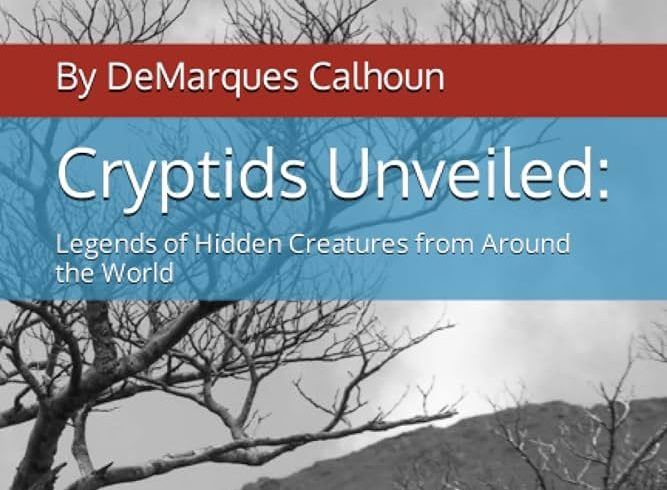
[ad_1]
Unlocking the Secrets of Cryptobiology: Unveiling the Mysteries of Hidden Creatures
The world is an incredibly vast and diverse place, with countless species of animals and plants. However, there is an entire realm of hidden creatures that have yet to be fully discovered and understood. Cryptobiology is the science that seeks to unlock the secrets of these mysterious creatures, shedding light on their existence and their possible roles in the natural world.
Cryptobiology focuses on studying cryptids, which are animals or creatures that are known to exist only through anecdotal evidence or unverified sightings. These creatures often exist on the fringes of mainstream science, with reports mainly coming from eyewitness accounts, folklore, or indigenous cultures. While the scientific community has generally been skeptical of such claims, there is an increasing interest in uncovering the truth behind these hidden creatures.
One of the most well-known cryptids is the Loch Ness Monster, a creature believed to inhabit the depths of the Scottish lake. For centuries, people have claimed to witness a large, serpent-like creature swimming in the murky waters, but no concrete evidence has been found to prove its existence. However, advancements in technology such as sonar and underwater cameras have allowed scientists to conduct more thorough investigations into the lake. While no conclusive evidence has been found so far, the study of the Loch Ness Monster has sparked interest in the field of cryptobiology and has paved the way for further exploration into other hidden creatures.

Another famous cryptid is the Bigfoot, also known as Sasquatch. This ape-like creature is said to roam the forests of North America, leaving behind footprints and occasionally being spotted by hikers or hunters. While the existence of Bigfoot remains a subject of speculation, numerous expeditions and investigations have been conducted to discover concrete evidence. Researchers use techniques such as setting up motion-activated cameras, collecting hair samples for DNA analysis, and analyzing footprints to determine if they belong to an unknown creature. Despite the lack of definitive proof, the search for Bigfoot has gained a significant following, and many enthusiasts continue to study this elusive creature.
Gala (GALA) Price Prediction: Will This Cryptocurrency Surge in 2022?
In addition to these well-known cryptids, there are numerous other hidden creatures that cryptobiologists seek to uncover. From the Chupacabra in Latin America, a creature said to feed on livestock, to the Yeti, a legendary ape-like creature believed to inhabit the Himalayas, these creatures have captured the imagination of people around the world. Some cryptids even defy conventional categorization, such as the Mothman, a winged creature with glowing red eyes that was reportedly sighted in West Virginia. These enigmatic creatures hold immense fascination, and discovering their true nature could potentially revolutionize our understanding of the natural world.
Cryptobiology is not only limited to terrestrial creatures; it also encompasses the study of underwater cryptids. The ocean is a vast and largely unexplored frontier, offering plenty of opportunities for new discoveries. The search for the Kraken, a giant sea monster believed to dwell in the depths of the ocean, has captivated sailors and scientists alike for centuries. Additionally, reports of mermaids, creatures with the upper body of a human and the lower body of a fish, have sparked curiosity and inspired countless legends throughout history. While many dismiss these accounts as mere folklore, cryptobiologists remain open to the possibility of uncovering the truth behind these underwater mysteries.
Advancements in technology have led to increased opportunities for exploring and studying cryptids. From drones that can survey remote areas to genetic analysis techniques that can identify unknown species, scientists have more tools at their disposal than ever before. Furthermore, the growing interest in cryptozoology has given rise to specialized organizations and conferences dedicated to the study of hidden creatures, bringing together researchers, enthusiasts, and eyewitnesses to share knowledge and discuss new findings.
While skeptics may argue that the study of cryptids is merely a pursuit of myth and legend, cryptobiology offers a unique opportunity to deepen our understanding of the natural world. By investigating these hidden creatures, scientists can fill gaps in our knowledge, discover new species, and potentially unravel long-standing mysteries. The study of cryptobiology is not just about confirming the existence of fantastical creatures; it is about pushing the boundaries of what we know and opening our minds to the endless possibilities that lie within our world. Only by delving into the unknown can we truly appreciate the wonders that await us in the depths of cryptobiology.
[ad_2]







